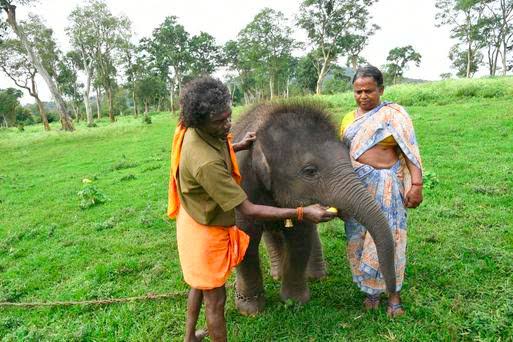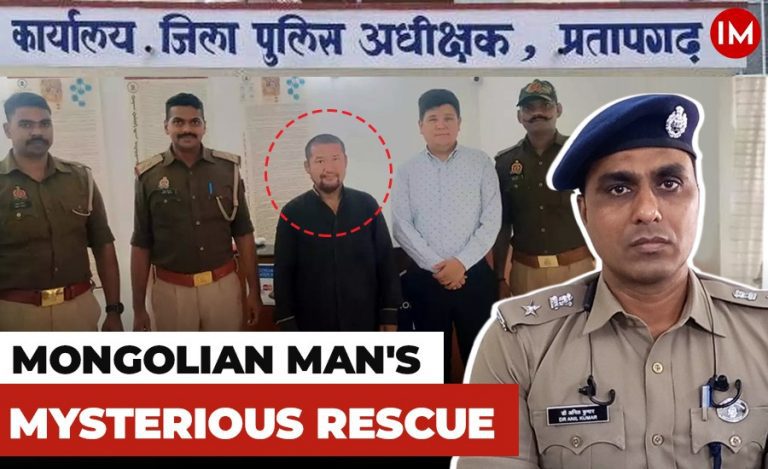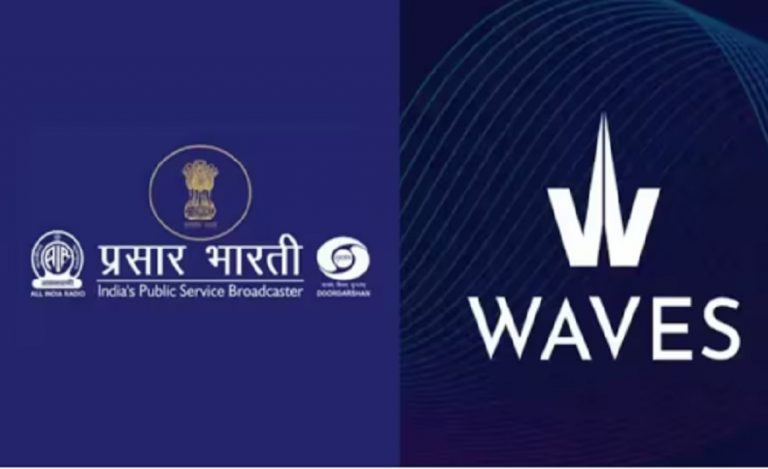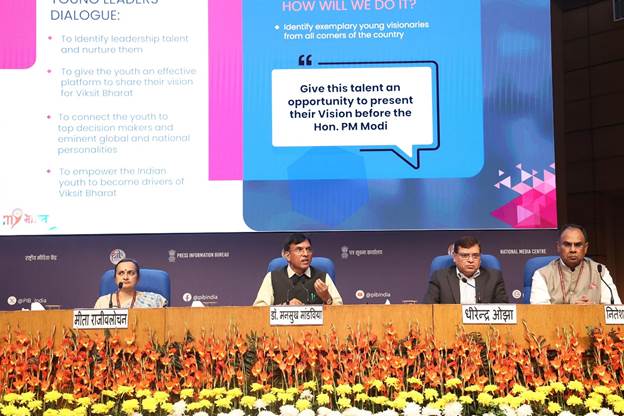A two-weeks baby elephant was mistakingly got separated from his family in Mudumalai Tiger Reserve, Tamil Nadu in September last year. He would certainly have become a victim of wild beasts but for a mahout Bomman, who took care of the calf like his child.
On the third day, he identified a female elephant in a herd deep inside the MTR, as the calf’s mother and helped them reunite. Bomman is the most experienced mahout in the Theppakadu camp of MTR, the one which can communicate even with the wildest of the beasts. He is also the real hero of the short film The Elephant Whisperers, which won the Oscar Award last night.
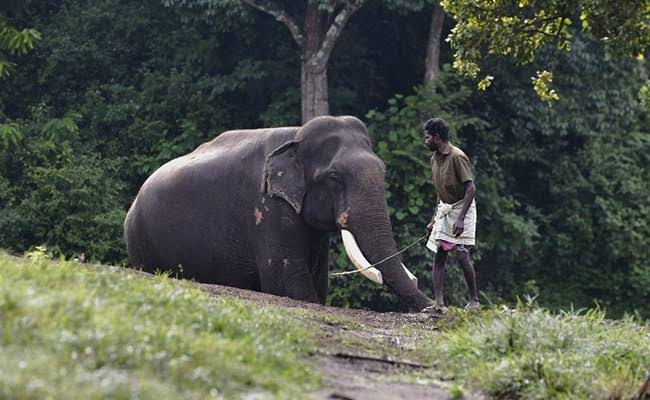
Speaking to Indian Masterminds Field Director, MTR, Mr. K Venkatesh said, “I was with them for all those three days. Bomman surprised everyone by recognizing the calf’s mother even from a distance and reunited the two without being afraid that elephants might attack him. After both the calf and mother re-united we monitored them through a drone to make sure that the calf was comfortable.”
Theppakadu is the oldest elephant camp in Asia. The Oscar-winning documentary was shot in and near that camp in MTR.
Whenever an elephant calf is orphaned or left behind by the herd, usually Bomman is the main person to take care of it and reunite him with his mother – if she is alive. “He is mother to scores of elephants now”, says Mr. Venkatesh.
TWO ORPHANS
Elephant calf Raghu – depicted in the Oscar-winning documentary – was orphaned near the Gudalur division in MTR while five-month-old Ammu was rescued from near the Satyamangalam Tiger Reserve and brought to the camp.
Since Bomman is the most experienced so he is the first one to reach. While the lady – who took care of both Raghu and Ammu in the film – Bellie, was a temporary labour working in the camp. Raghu has now been united with his herd. It seems he had come out of his lair only to facilitate the filming of this documentary. Ammu on the other hand is now three and a half years old and in perfect shape, said Mr. Venkatesh.
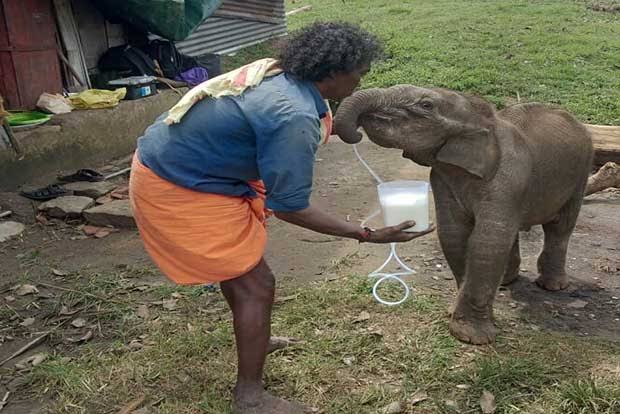
The officer also said that the role of a caregiver like Bomman is so important for us as sometimes the calves are not accepted by their own kind. In such a situation, these people not only take care of them but also provide them with the love which every species needs.
ROWDY BECOMES MR. GENTLEMAN
IFS officer when the documentary was being shot, said that the camp has 25 captive elephants today. Not only the orphaned calves but the rowdy elephants are also brought into the camps to be controlled and tamed.
These mahouts provide such care that the most obstreperous elephants start behaving like a cow. When such elephants are captured there are kept in an enclosure for two months. A few years back an elephant named Murthy was brought to Theppakudi. He had killed 8 persons and had taken 16-17 bullets. Now, he is the most-gentle elephant in the camp.
Mr. KK Kaushal, Field Director of Madumalai Tiger Reserve, Tamil Nadu
WORLD NEEDS TO WATCH
Chief Warden of Tamil Nadu Dr. Shekhar Niraj who played an important role in providing the legal permission and support for this documentary says that the world needed to see this. “We liked the approach and concept of the director Kartiki Gonsalves. Her knowledge of wildlife and their behaviour was so impeccable that even we used to be surprised at times. We granted her all the help. It is important for everyone to know the such story of human-animal bond & co-existence because it helps with conservation.”, he told Indian Masterminds.
He also added that visual medium creates a psychological impact and that is why it is the strongest medium. Depiction of such real stories creates a deeper regard and respect for conservation.
2700 BOMMANS
Director of Project Elephant Mr. Ramesh Pandey, IFS, says many mahouts may epitomize cruelty to animals. But, actually, the two share a strong bond like mother and child. That’s why the government has instituted Gaj Gaurav Award to honour mahouts, the caretakers of elephants.
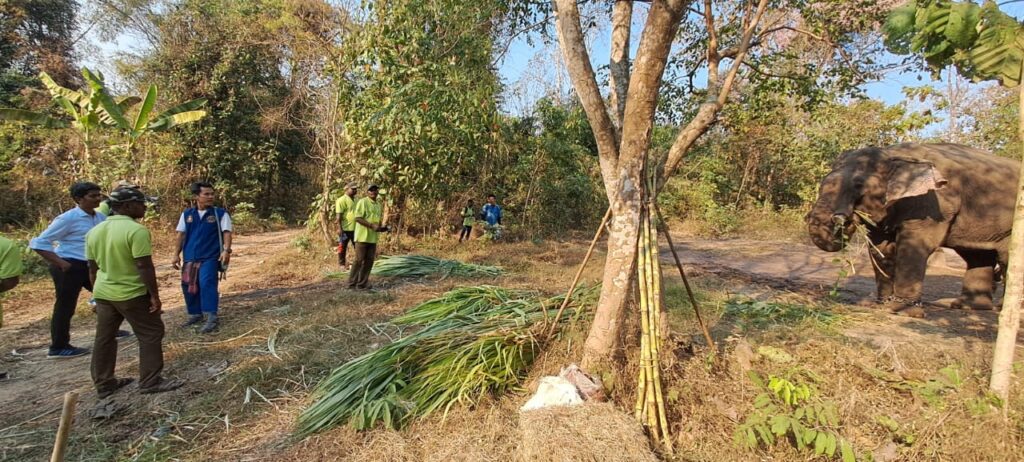
There are about 30,000 wild animals in India besides 2700 elephants staying in captivity. Usually, one mahout takes care of one elephant only. That way, there are at least 2700 mahouts like Bomman in the country. Some of them were recently sent to Thailand for advanced training in elephant care.

